Onboard Cameras Capture Moments Before Warship Sinks in Heavy Seas, Dozens of Sailors Missing
The ship was over capacity.
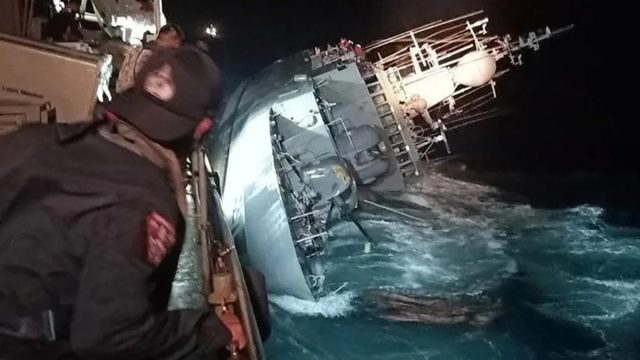
A Royal Thai Navy ship sank in the Gulf on Thailand on Monday, leading to an intense search for 23 missing sailors and questions about why the American-made ship went under. Seventy-six crew members were rescued from the HTMS Sukothai—a corvette built in Tacoma, Washington—but rough weather complicated the effort. Storms produced 10-foot-high waves, and the ship sailed despite warning that waves could reach 12 feet or more.
One sailor told the Associated Press he floated in the water for three hours, waiting to be rescued. Another crew member was pulled alive from the water after ten hours. Read on to find out more, including why the ship sank and the unfortunate decision that may have resulted in sailors losing their lives.
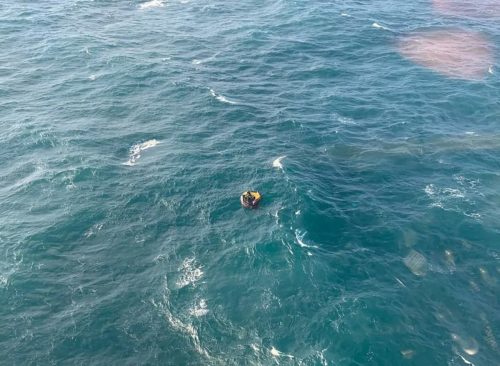
The Thai navy and air force have spent two days searching for survivors, with hundreds of officers on four navy ships as well as several helicopters and unmanned drones deployed to scan a 30-square-mile) area of the ocean. “The latest person was found 41 hours from when the ship sank and he was alive. So we believe that there are those still alive out there… we will continue to search,” Admiral Chonlathis Navanugraha, the navy’s chief of staff, told the BBC Wednesday.

The ship was carrying 105 people when it sank, 30 more than usual, and there were not enough life jackets for all of them, Admiral Cherngchai Chomcherngpat, commander-in-chief of the navy, told a news conference on Wednesday. Additional officers were aboard the ship because it was participating in a salute to the founder of the Thai navy, the admiral said.
“Normally more life jackets must be added for additional officers,” he added. The crew were “fully aware about the problem of not having enough life jackets for 30 additional officers. They tried to use other tools which could save the lives of officers who didn’t have life jackets,” the admiral said.
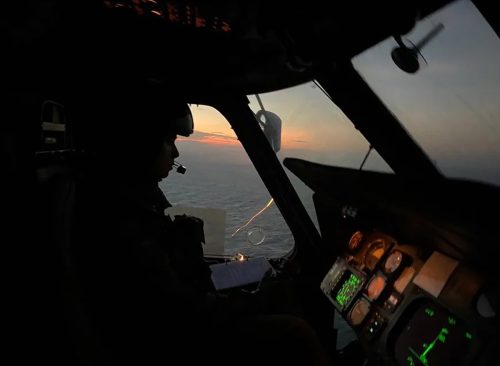
Some of the sailors without life jackets tried to escape on inflatable rafts. Some were stored aboard the ship; some were dropped by rescue helicopters. “With or without life jacket, (it) doesn’t affect the odds of surviving,” said Cherngchai.
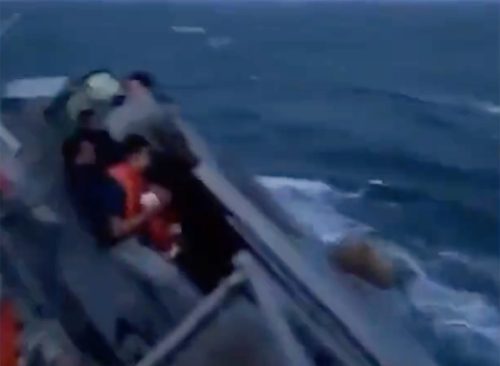
Officials think the ship sank because strong winds and high waves poured water onto the ship’s deck, knocking out its electrical system. Without power, sailors weren’t able to pump water out of the ship, causing it to tip and then capsize, the Associated Press reported. Water entered the front portion of the warship at about 8:45 p.m. Sunday, Cherngchai said.
The flooding continued for more than three hours, eventually disabling the ship’s engine and electrical systems. Rescue teams in helicopters tried to lower water pumps to the ship, but that effort failed when the ship began to tilt.
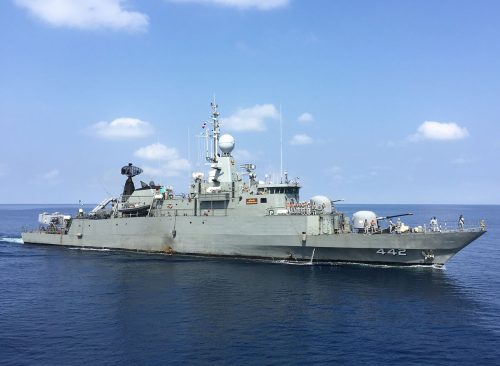
Commissioned in 1987, the Sukothai had was 252 feet long and weighed 959 tons. Thai authorities said they plan to salvage what they can from the capsized ship. During the news conference, Admiral Cherngchai denied that the nearly 40-year-old ship wasn’t in good enough condition to sail. He said the vessel had been upgraded several times in recent years.














